By Stephen Simpson
While there are relatively clear definitions separating microeconomics and macroeconomics, the reality is that both sections of economics draw heavily from certain shared underlying concepts. Both are underpinned by the reality that there are unlimited wants and only limited resources to meet them.
Economics holds that maximizing welfare is a key goal in all economic pursuits. Welfare can be broadly defined as the maximum enjoyment of resources for the minimum output of effort (work, labor or capital). Welfare is measured in part by consumer and producer surpluses – consumer surplus is calculated as the difference between the price a consumer is willing to pay and the actual price, while the producer surplus is the difference between the sales price and the price the producer would have accepted.
Scarcity and choice are primary factors in macroeconomics. Scarcity does not mean the same thing as "shortage"; scarcity means that a good or service is in demand with a limited amount of resources - there is excess demand at a price of "zero" and therefore the equilibrium price is always above zero. (For related reading, see 5 Economic Concepts Consumers Need To Know.)
In comparison, a shortage is a situation where demand exceeds supply and there are impediments to the price rising enough to clear the excess demand – trucks to resupply a store may be late and the store is unwilling (or unable by law) to raise prices. In that case, there will be a temporary shortage of goods. Scarcity is a driving force in economics, as there is little trouble in allocating goods and services that are either limitless or valueless.
Marginalism is likewise a critical concept in macroeconomics. Marginalism refers both to the effect per unit of a small change in any variable, as well as the process of weighing only the costs and benefits that are directly related to a particular decision. For instance, it only makes sense for an economic agent to act when the marginal benefit is higher than the marginal cost.
Macroeconomics: Supply, Demand and Elasticity
While there are relatively clear definitions separating microeconomics and macroeconomics, the reality is that both sections of economics draw heavily from certain shared underlying concepts. Both are underpinned by the reality that there are unlimited wants and only limited resources to meet them.
Economics holds that maximizing welfare is a key goal in all economic pursuits. Welfare can be broadly defined as the maximum enjoyment of resources for the minimum output of effort (work, labor or capital). Welfare is measured in part by consumer and producer surpluses – consumer surplus is calculated as the difference between the price a consumer is willing to pay and the actual price, while the producer surplus is the difference between the sales price and the price the producer would have accepted.
Scarcity and choice are primary factors in macroeconomics. Scarcity does not mean the same thing as "shortage"; scarcity means that a good or service is in demand with a limited amount of resources - there is excess demand at a price of "zero" and therefore the equilibrium price is always above zero. (For related reading, see 5 Economic Concepts Consumers Need To Know.)
In comparison, a shortage is a situation where demand exceeds supply and there are impediments to the price rising enough to clear the excess demand – trucks to resupply a store may be late and the store is unwilling (or unable by law) to raise prices. In that case, there will be a temporary shortage of goods. Scarcity is a driving force in economics, as there is little trouble in allocating goods and services that are either limitless or valueless.
Marginalism is likewise a critical concept in macroeconomics. Marginalism refers both to the effect per unit of a small change in any variable, as well as the process of weighing only the costs and benefits that are directly related to a particular decision. For instance, it only makes sense for an economic agent to act when the marginal benefit is higher than the marginal cost.
Macroeconomics: Supply, Demand and Elasticity
Related Articles
-
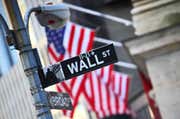 Insights
InsightsMacroeconomics
Find out everything you need to know about macroeconomics. -
 Insights
InsightsMicroeconomics
This tutorial teaches the basics of one of the most important economic topics. A must for all investors. -
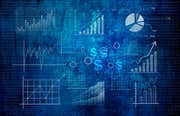 Managing Wealth
Managing WealthMicroeconomics vs. Macroeconomics Investments
Find out why investors are better off ignoring macroeconomic forecasts and should instead focus on the lessons that microeconomics can teach them. -
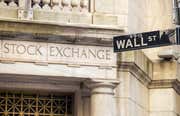 Personal Finance
Personal FinanceHow Microeconomics Affects Everyday Life
Here's a look into the study of Microeconomics and how individuals and businesses make decisions to maximize satisfaction. -
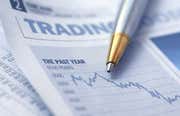 Investing
InvestingThe difference between finance and economics
Learn the differences between these closely related disciplines and how they inform and influence each other. -
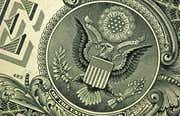 Personal Finance
Personal Finance5 economic concepts consumers need to know
A solid understanding of economics helps build a strong foundation in almost every area of life. Here are 5 economic concepts consumers need to know.



